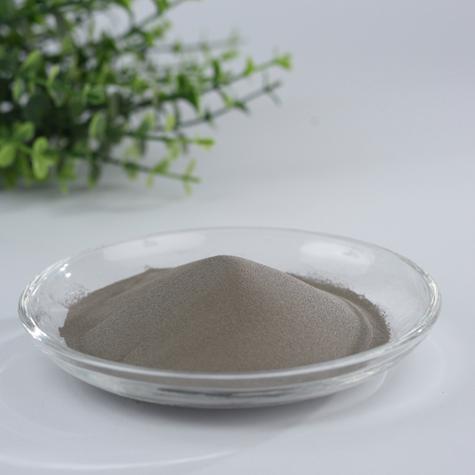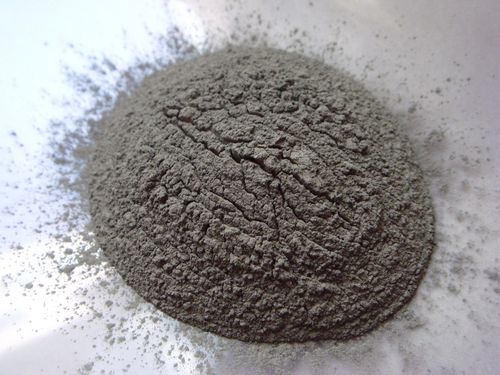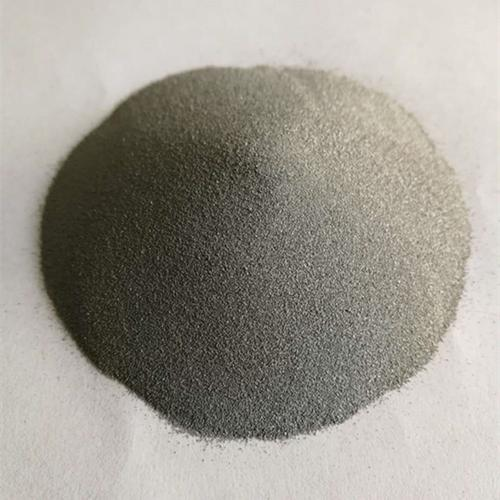**Proton Party: The Atomic Secret Behind Tungsten’s Toughness**
(How Many Protons Does Tungsten Have? Atomic Structure Insight)
Let’s cut to the chase. Tungsten has 74 protons. That number isn’t random. It’s the key to why this metal is so tough it’s nicknamed “the hard rock of the periodic table.” Protons define an element. The count in the nucleus decides what you’re looking at. For tungsten, 74 protons mean it sits snugly as element 74. Simple enough. But the story gets cooler.
Think of an atom like a tiny solar system. The nucleus is the sun. Protons and neutrons cluster there. Electrons orbit like planets. The proton count—the atomic number—tells you the element’s identity. Change the protons, and you change the element. Tungsten stays tungsten because of those 74 protons. Take one away, and it becomes tantalum. Add one, and it’s rhenium. Protons are the ultimate nametag.
Tungsten’s protons don’t just label it. They team up with neutrons and electrons to make it ridiculously strong. Most atoms have equal protons and electrons. Tungsten follows the rule. Its 74 electrons zip around the nucleus in six energy shells. The outer shell has just two electrons. That sounds flimsy, but tungsten’s structure is a masterclass in atomic teamwork. The inner shells shield the nucleus tightly. This makes the atom stable and hard to break apart.
Humans figured out tungsten’s proton count long after discovering the metal. The name comes from Swedish: “tung sten” means “heavy stone.” Miners in the 1700s hated it. Tungsten ore messed up tin mining. It wasn’t until 1783 that chemists isolated it as a pure element. Fast-forward to the 1900s. Scientists using tools like the Bohr model mapped its atomic structure. Protons became the stars of the show.
Why care about protons? They decide how elements behave. Tungsten’s 74 protons pack the nucleus with a positive charge. The electrons balance it, but the high proton count makes the nucleus heavy. That’s why tungsten is dense. A cube of it weighs over 19 grams per cubic centimeter. It’s twice as dense as steel. This heft is why tungsten ends up in armor-piercing bullets and rocket parts.
Protons also explain tungsten’s melting point. At 3,422°C, it’s the highest of all metals. The strong nuclear grip from those 74 protons holds the atoms in a rigid lattice. Heat struggles to shake them loose. That’s why tungsten handles the blazing temperatures inside lightbulb filaments and rocket engines.
Here’s a fun twist. Tungsten’s protons almost got it named “wolfram.” Old German miners blamed the ore for eating tin like a wolf. The symbol “W” on the periodic table nods to that drama. Most countries still call it tungsten. Sweden’s heavy stone won the naming battle.
Tungsten isn’t just for industrial stuff. Your phone might use it in vibration motors. Fitness trackers rely on tungsten alloys for tiny, heavy parts. Even jewelry gets a boost. Tungsten carbide rings scratch less than gold or silver. Blame the protons. Their grip keeps the atoms locked in place.
Protons are tiny, but their power is huge. Tungsten’s 74-proton setup makes it a real-world superhero. It bends under pressure but doesn’t break. It laughs at heat. It outlasts softer metals. Next time you flip a light switch or see a jet engine, remember the proton party happening in every tungsten atom. Science gave it the tools. Nature made it unstoppable.
(How Many Protons Does Tungsten Have? Atomic Structure Insight)
Want to stump a chemist? Ask why tungsten’s density isn’t higher. After all, osmium and iridium beat it. The answer? It’s not just about protons. The way atoms pack matters too. Tungsten’s structure leaves slight gaps. But that’s a story for another day.
Inquiry us
if you want to want to know more, please feel free to contact us. (nanotrun@yahoo.com)


